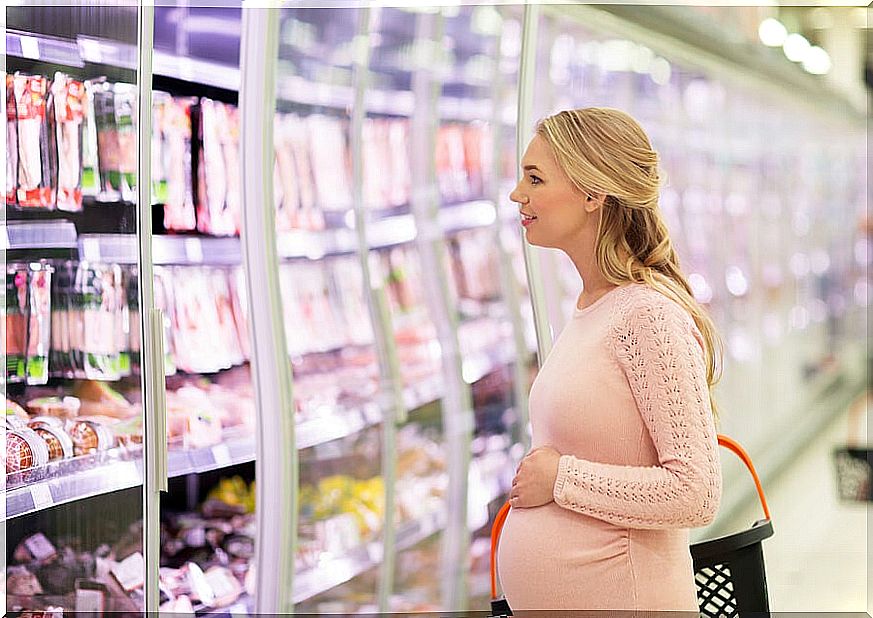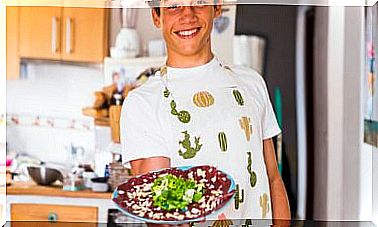Basic Rules Of Food Safety To Avoid Poisoning During Pregnancy
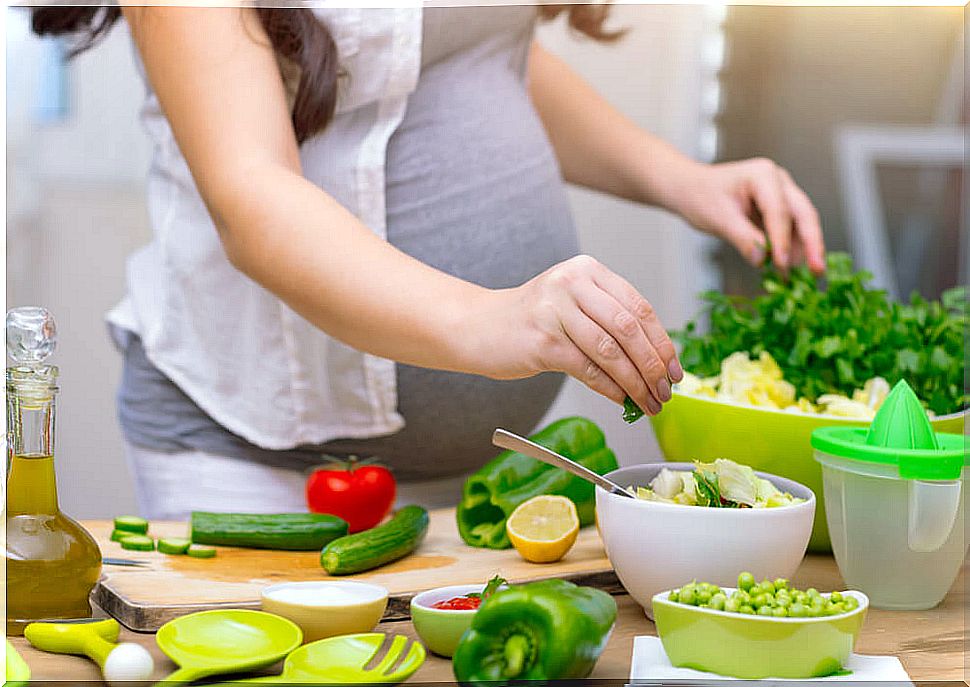
Pregnancy is a stage in women in which there is a greater risk of contagion from the intake of certain foods. In addition, the symptoms affect not only her, but the future baby. For this reason, it is advisable to follow basic food safety rules when handling food and avoiding others. But, first of all, it is necessary to know what a poisoning is.
What is a poisoning?
It is a set of symptoms produced by the handling and ingestion of foods that contain microorganisms with the capacity to produce toxins.
The symptoms are usually digestive, although they can also be neurological, renal or ocular. Even miscarriage. For this reason, prevention is basic through the application of basic food safety regulations that we tell you below.
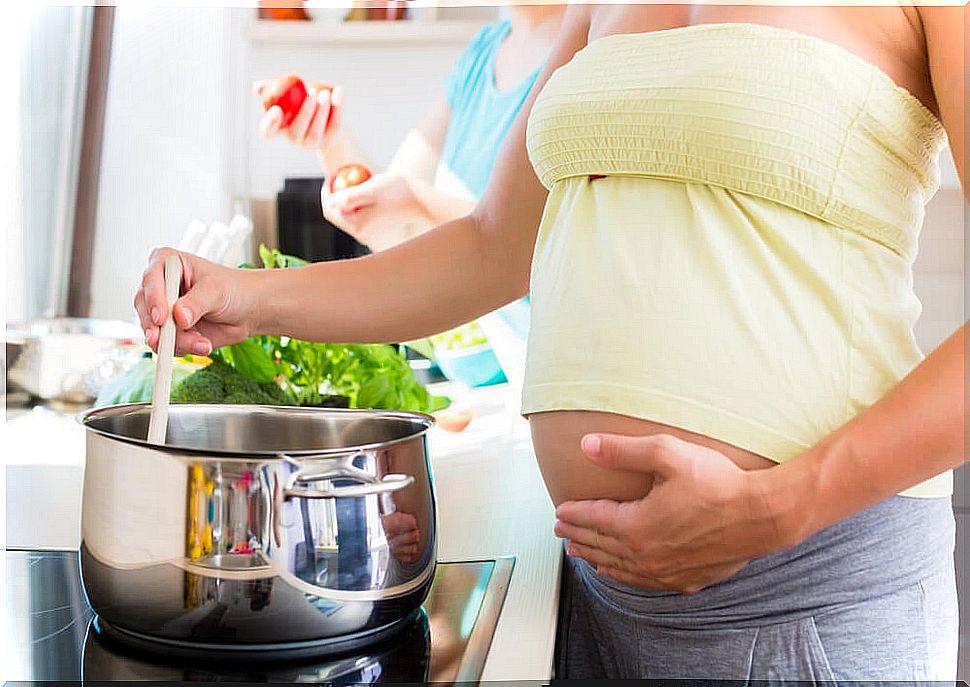
Basic food safety standards
Wash and sanitize
It is essential to wash your hands with soap and water just before preparing food. Also after going to the bathroom and handling raw food.
In addition, utensils and surfaces must be clean whenever they are to be used, especially when alternating raw and cooked foods. If possible, have different cutlery and cutting boards available or do it in separate areas. If you are going to consume raw fruit, vegetables and vegetables, disinfect them with food bleach to remove any remains of soil and microorganisms that may be present.
Separating raw food from cooked food, one of the basic food safety standards par excellence
The main reason why raw and cooked foods should never be mixed is because of the great source of contamination from raw foods. They are more prone to the development and reproduction of microorganisms due to their high water content. Therefore, the foods most involved are vegetables, meat, fish and eggs. And, lastly, dairy products made with raw milk.
It not only affects when you prepare them, but also how you store them. Do it in hermetically closed containers and located on different shelves and in refrigeration.
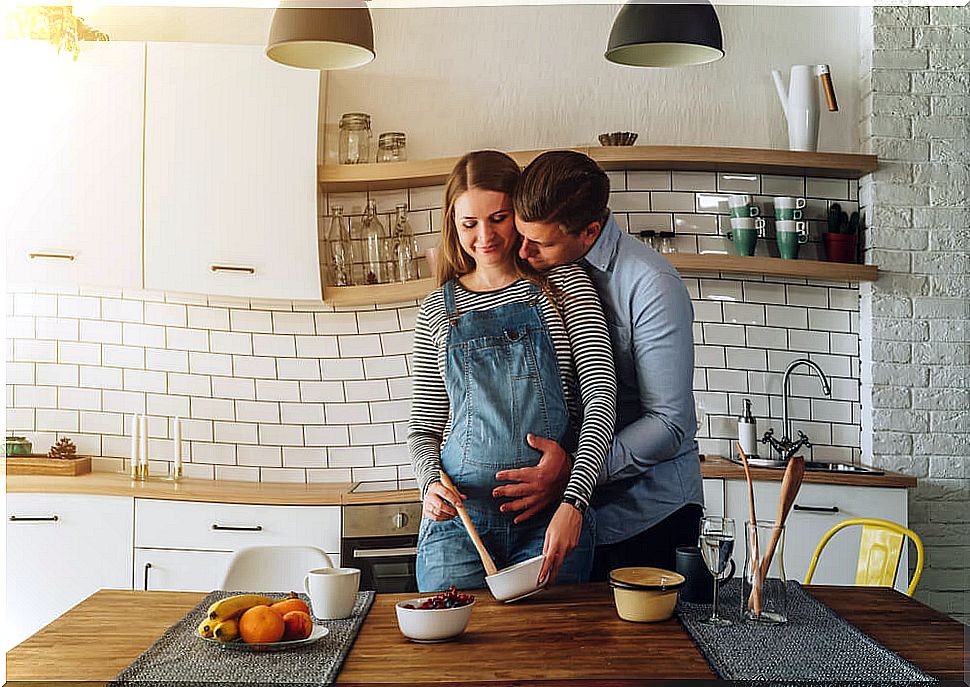
Cook food to the right temperature
By heating food, microorganisms stop reproducing and generating toxins. However, the temperature must be higher than 70-75 ºC to guarantee its complete destruction.
Cool quickly if consumption is not immediate
Any prepared food or dish cannot remain more than 2 hours at room temperature. At this temperature, microorganisms can grow back. Despite the fact that at home you do not have a blast chiller (device that reduces the temperature in minutes), you can achieve it with a water bath of cold water with ice.
In addition, this way you maintain the vivid color of the vegetables. Once it is cold, store it in the fridge or freezer tightly covered to avoid burns due to low temperatures that alter the texture and nutritional value of the food.
Finally, remember to follow these basic rules in the kitchen to guarantee your health and that of your future child.
